Huawei has finally unveiled the all-new Huawei Mate 20 series, including the flagship Mate 20 Pro. The new device boasts top-tier specs, an excellent design, and a number of exciting new technologies — including an in-display fingerprint sensor.
But the Huawei Mate 20 Pro has big shoes to fill. Last year’s Mate 10 Pro was also much-loved, boasting excellent specs and a great design. Can the new Mate in town take out the older Mate 10 Pro? We put the two phones head-to-head to find out.
Specs
| Huawei Mate 20 Pro | Huawei Mate 10 Pro | |
| Size | 157.8 x 72.3 x 8.6 mm (6.22 x 2.85 x 0.34 inches) | 154.2 x 74.5 x 7.9 mm (6.07 x 2.93 x 0.31 inches) |
| Weight | 189 grams (6.66 oz) | 178 grams (6.28 oz) |
| Screen size | 6.4-inch AMOLED display | 6.0-inch AMOLED display |
| Screen resolution | 3,120 x 1,440 pixels (538 pixels-per-inch) | 2,160 x 1,080 pixels (402 pixels-per-inch) |
| Operating system | Android 9.0 Pie | Android 8.0 Oreo |
| Storage space | 128GB | 64GB, 128GB |
| MicroSD card slot | No – features proprietary Nano Memory Card | No |
| Tap to pay services | Google Pay | Google Pay |
| Processor | Kirin 980 | Kirin 970 |
| RAM | 6GB | 4GB, 6GB |
| Camera | Triple sensor 40MP + 20MP + 8MP rear, 24MP front | Dual 12MP + 20MP rear, 8MP front |
| Video | 2,160p at 30 frames per second, 1,080p at 60 fps, 720p at 960 fps | 2,160p at 30 frames per second, 1,080p at 60 fps |
| Bluetooth version | Bluetooth 5.0 | Bluetooth 4.2 |
| Ports | USB-C | USB-C |
| Fingerprint sensor | Yes (In-display) | Yes |
| Water resistance | IP68 | IP67 |
| Battery | 4,200mAh | 4,000mAh |
| App marketplace | Google Play Store | Google Play Store |
| Network support | No U.S. support | AT&T, T-Mobile |
| Colors | Emerald Green, Midnight Blue, Twilight, Pink Gold, Black | Midnight Blue, Titanium Gray, Mocha Brown |
| Price | 1,050 Euros (around $1,220) | $500 |
| Buy from | Huawei | Amazon |
| Review score | Hands-on | 4 out of 5 stars |
Performance, battery life, and charging
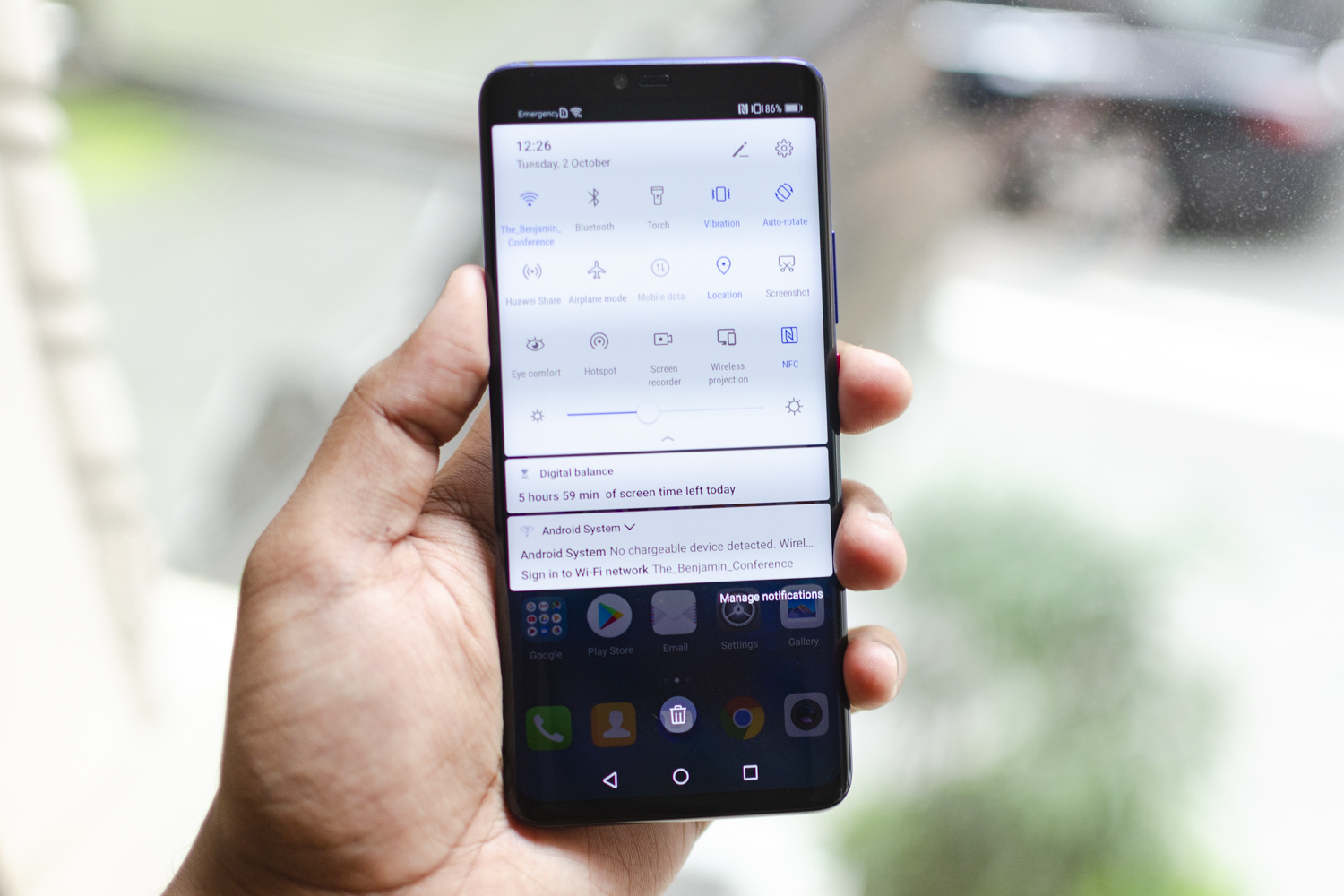
As you might expect, the Huawei Mate 20 Pro is clearly a better performer than the older Huawei Mate 10 Pro — thanks largely to an upgraded processor. While the Mate 10 Pro features Huawei’s own Kirin 970 processor, the Mate 20 Pro steps things up with a newer-generation Kirin 980, which is around 20 percent faster and 40 percent more power efficient than the older chip. That’s not to say that the Kirin 970 isn’t a great chipset — it is — but the Kirin 980 is clearly a better performer. In the Mate 10 Pro, the processor is coupled with either 4GB or 6GB of RAM, along with either 64GB or 128GB of storage, while the Mate 20 Pro sticks with 6GB of RAM and 128GB of storage.
The battery inside the Mate 10 Pro was already a great performer, coming in at 4,000mAh — but the Mate 20 Pro takes it up a notch to 4,200mAh. Now, that doesn’t necessarily mean that the phone will last longer on a charge, especially considering the larger, higher-resolution display. Still, it does bode well for a long battery life. Batteries can be charged a few different ways depending on the phone. On the Mate 20 Pro, you’ll enjoy wireless charging support, as well as Huawei’s own “Super Charge 2.0,” which is a 40W charging system that should charge the phone to 70 percent in just 30 minutes. The Mate 10 Pro doesn’t have wireless charging, and offers the original Huawei Super Charge, which will charge to around 55 percent in 30 minutes.
Winner: Huawei Mate 20 Pro
Design and durability
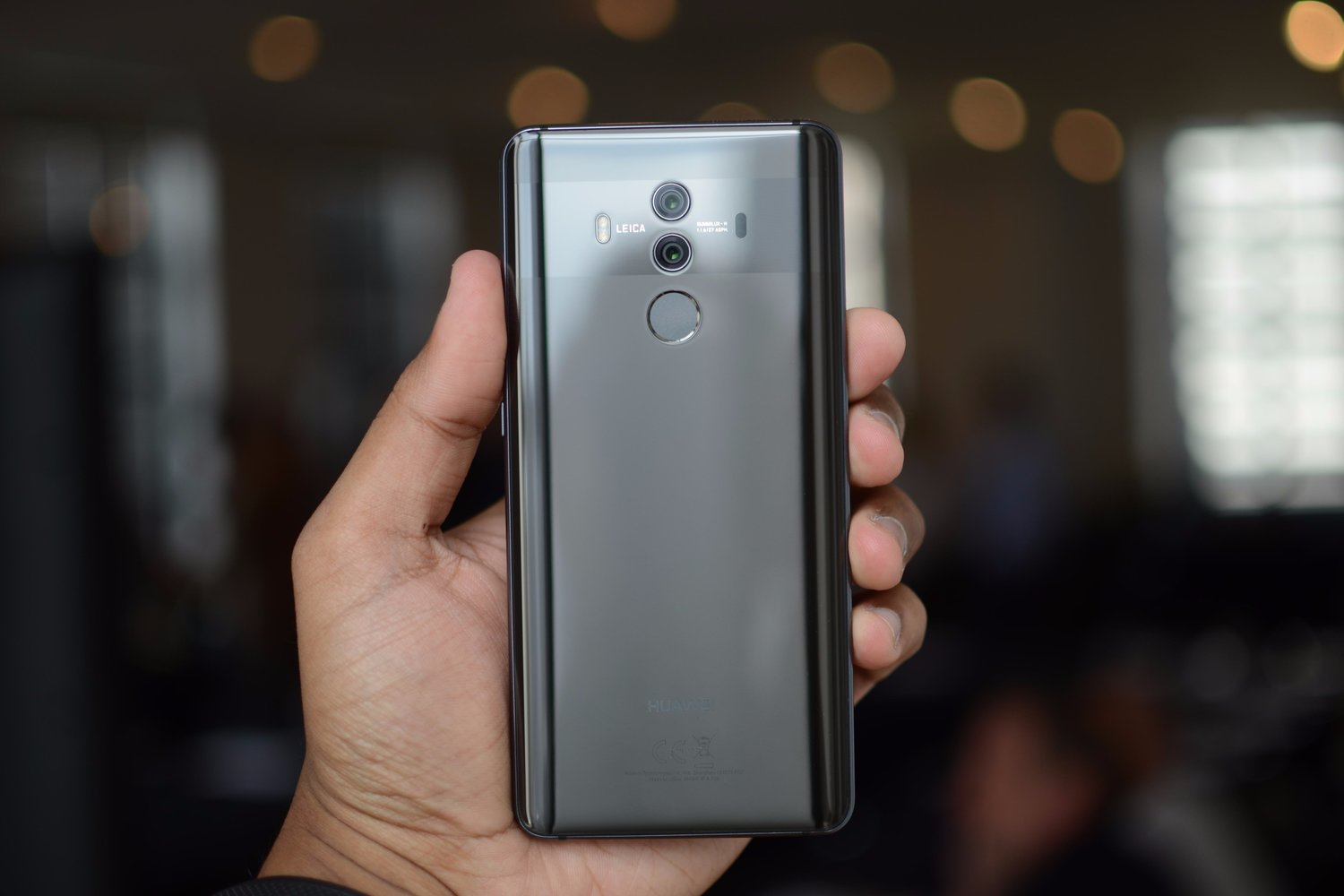
The Huawei Mate 20 Pro features a modern design thanks to its edge-to-edge display and all-glass build. It does have a notch, which may not please all Android fans, but it’s not an overly deep or pronounced notch — like the one on the Google Pixel 3 XL — meaning that it’ll be easy to forget about. The display on the device comes in at 6.4 inches.
The Mate 10 Pro may not look quite as modern as the newer phone, but it’s still not a bad-looking device. There’s a small forehead and chin on the phone, but they’re easy to ignore.
When it comes to durability, the phones are very similar. Both phones feature a glass build, despite the Mate 10 Pro not offering wireless charging. The main difference, of course, is the water resistance — the Mate 10 Pro has a rating of IP67, while the Mate 20 Pro steps things up to IP68.
The Mate 20 Pro features a more modern design and is slightly more durable. It’s the clear winner.
Winner: Huawei Mate 20 Pro
Display
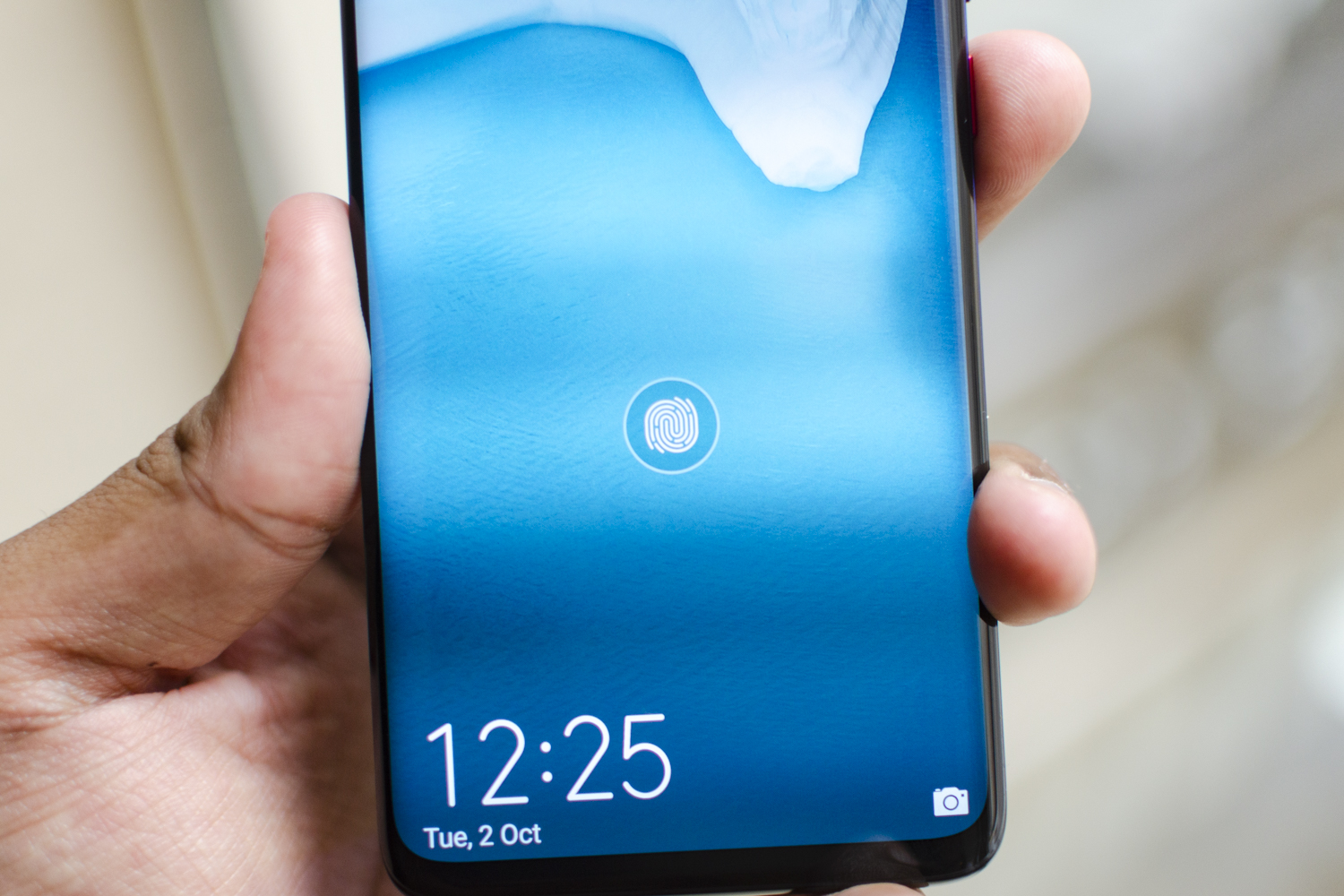
When it comes to display, it’s another easy win for the newer phone. Both the Huawei Mate 10 Pro and the Mate 20 Pro feature AMOLED displays. However, while the display on the Mate 10 Pro comes in at 6 inches with a resolution of 2,160 x 1,080 pixels for a pixel density of 402 pixels-per-inch, the Mate 20 Pro is a serious upgrade with s 6.4-inch display, 3,120 x 1,440 resolution, and 538 pixels-per-inch pixel density. That makes the Mate 20 Pro’s display one of the best on the market.
Winner: Huawei Mate 20 Pro
Camera
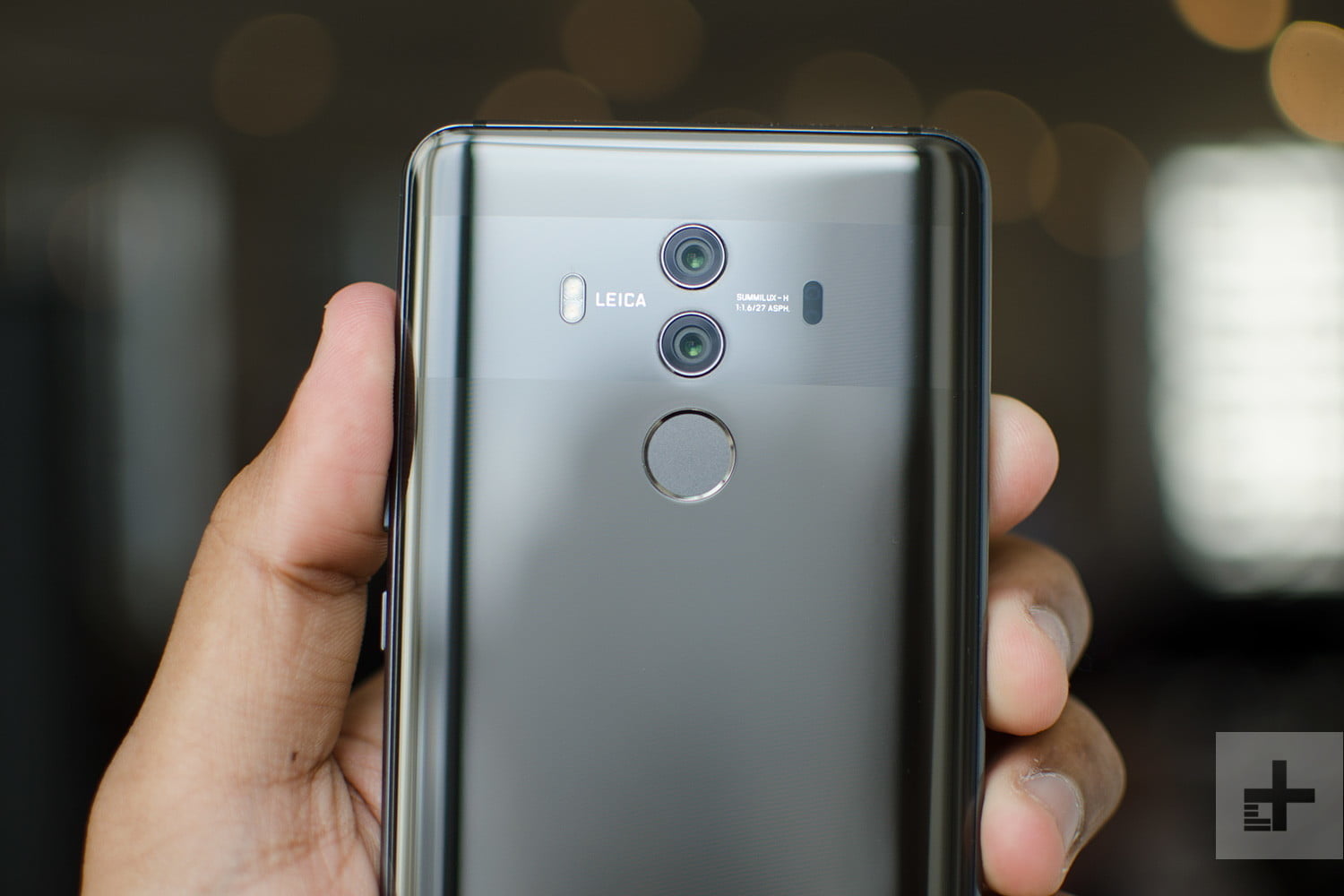
The Huawei Mate 10 Pro had one of the best smartphone cameras available at its time of release, boasting a dual-sensor setup with one 12-megapixel sensor and one 20-megapixel monochrome sensor, both with an aperture of f/1.6. Other features include optical image stabilization, laser autofocus, and more. We found that in the real world, the camera was pretty spectacular too — photos were crisp and detailed, while colors were nice and vibrant.
The Mate 20 Pro, of course, aims to improve on this. The new device features three sensors instead of two, including one 40-megapixel main sensor with an f/1.8 aperture, one 20-megapixel wide-angle sensor with an aperture of f/2.2, and one 8-megapixel telephoto lens with an aperture of f/2.4. On the front, you’ll find a 24-megapixel sensor. The Mate 20 Pro’s camera performs extremely well, and it’s definitely more versatile than the camera in its predecessor.
Winner: Huawei Mate 20 Pro
Software and updates

Both the Mate 10 Pro and Mate 20 Pro are Android phones, and they feature Huawei’s Android skin, EMUI. The Mate 10 Pro ships with Android 8.0 Oreo, though an update to Android 9.0 Pie has started rolling out. The Mate 20 Pro, on the other hand, ships with Android 9.0 Pie — so it’s relatively up to date.
Huawei isn’t known for for updating phones quickly, which may be frustrating for those who like to get new Android features as soon as they become available. If that’s you, then perhaps you’re better off with a Pixel phone.
EMUI may also not be for everyone. Icons are a little different, and there are a range of tweaks to how the software works, which might be a little confusing for a first-time Huawei user.
The software experience on these phones is going to be very similar, but given the fact that the Huawei Mate 20 Pro is newer, and therefore expected to be supported with updates for longer, it’s the winner here.
Winner: Huawei Mate 20 Pro
Special features
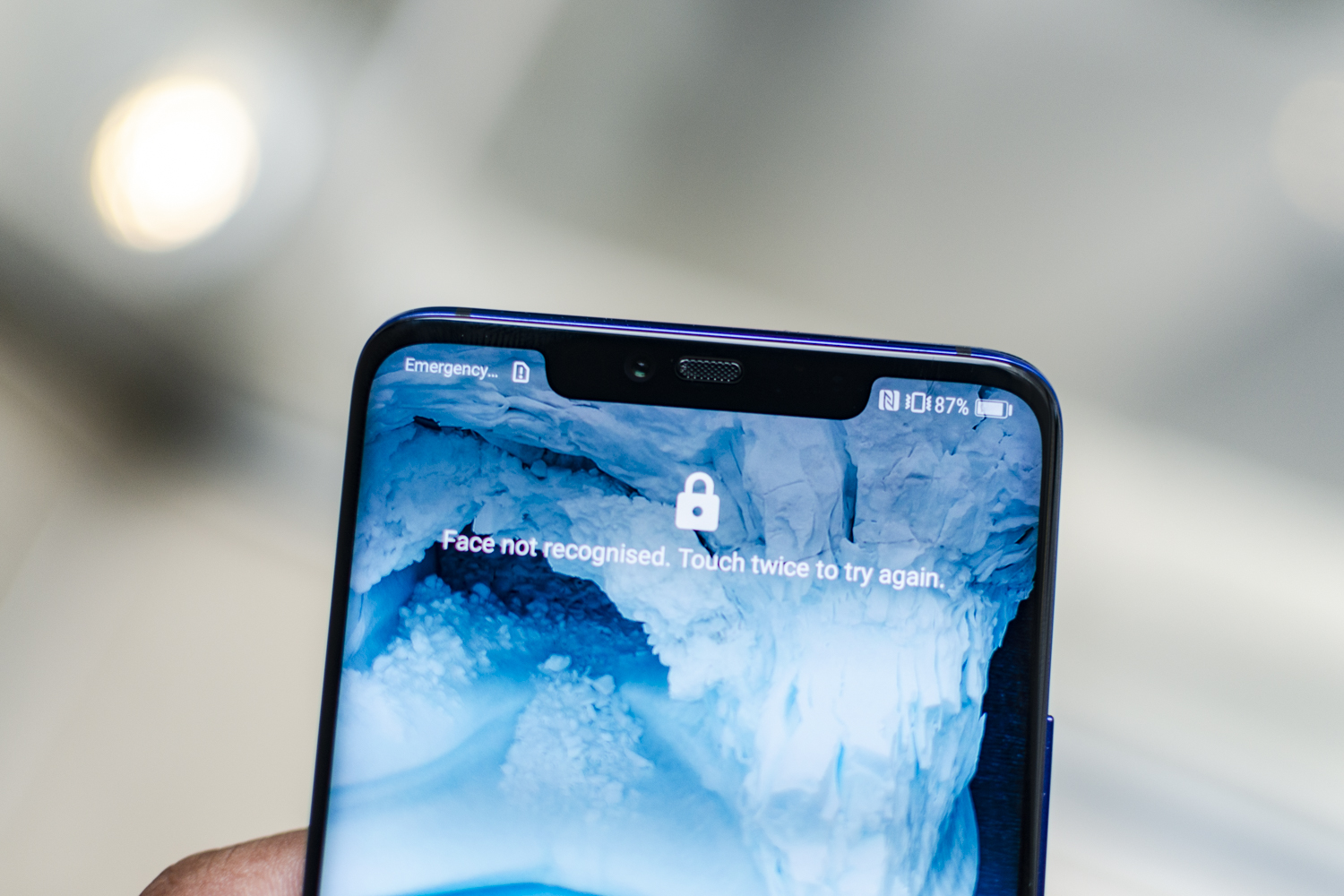
Both the Huawei Mate 10 Pro and the Huawei Mate 20 Pro feature Huawei’s own Neural Processing Unit, or NPU — however the one in the Mate 20 Pro is likely to be faster and more powerful. On top of that, the Mate 20 Pro offers features like a new Face ID-like facial-recognition system and an in-display fingerprint sensor, helping it win this category.
Winner: Huawei Mate 20 Pro
Price
The Huawei Mate 10 Pro has been out for a year now and has been discounted a few times. Right now, you can get one on Amazon for $500. The Mate 20 Pro, on the other hand, is brand-new — so expect flagship phone pricing. The device isn’t actually coming to the U.S., but in Europe it’ll be available starting at 1,049 euros, which equates to around $1,220.
Overall winner: Huawei Mate 20 Pro
No surprises here — the Huawei Mate 20 Pro is clearly the better phone. It offers better performance, better design, a better display, and a better camera too. That’s not to say that the Mate 10 Pro isn’t a great device — in fact, of these two phones, it might be the only option available to you, due to the fact that the Mate 20 Pro isn’t coming to the U.S. The older phone is also potentially less than half the price. But if you do have a choice between the two and don’t mind spending the extra cash, we definitely recommend buying the Mate 20 Pro.



